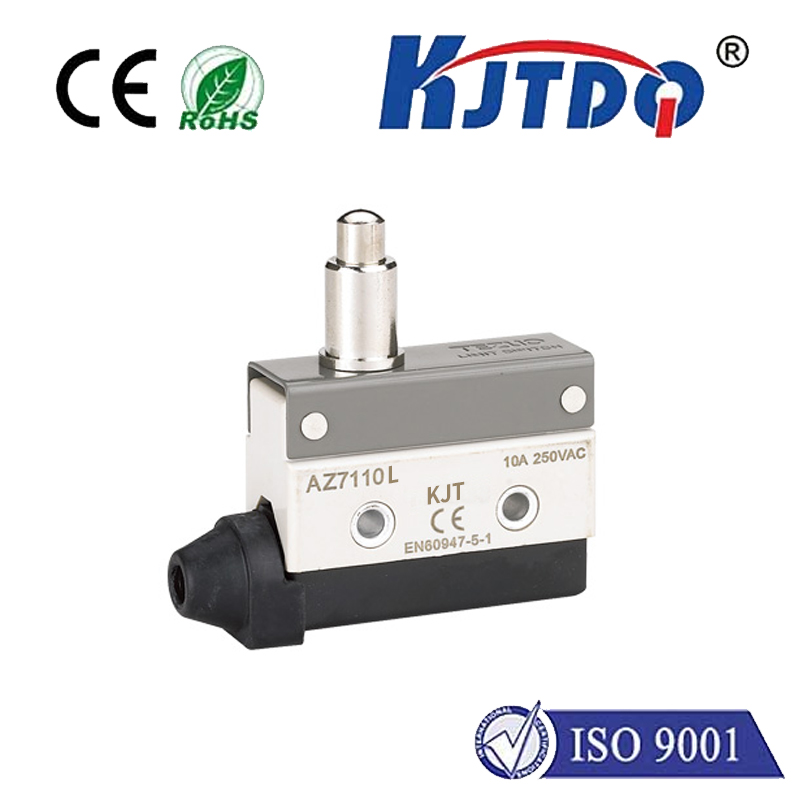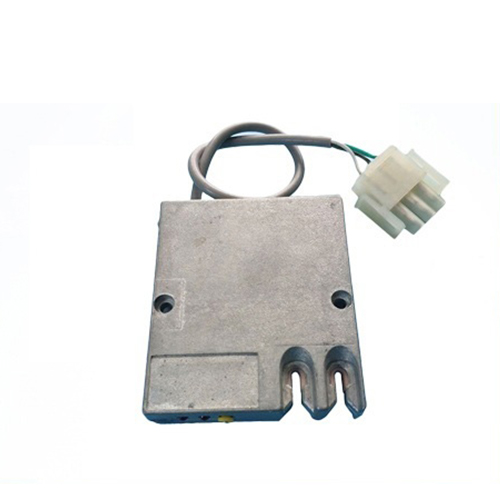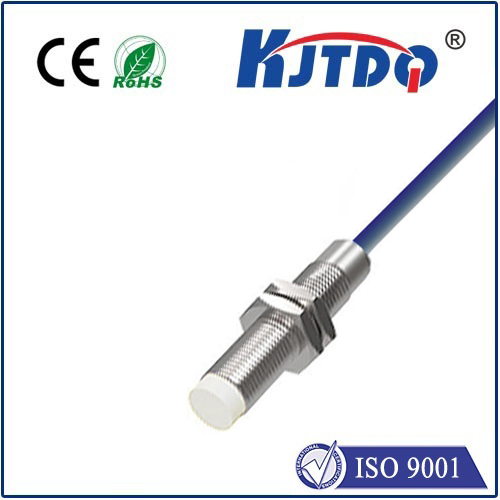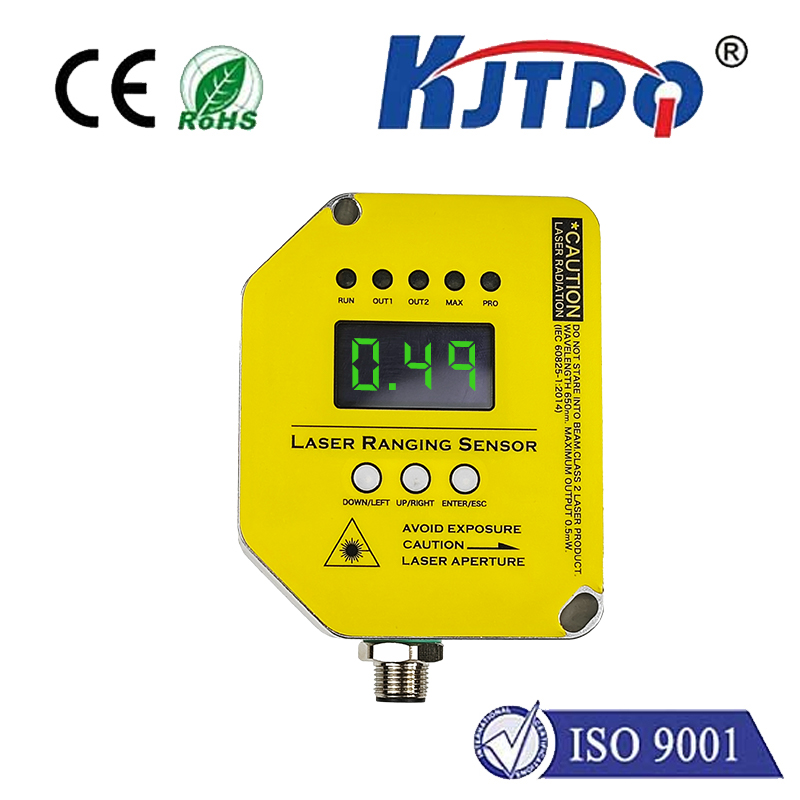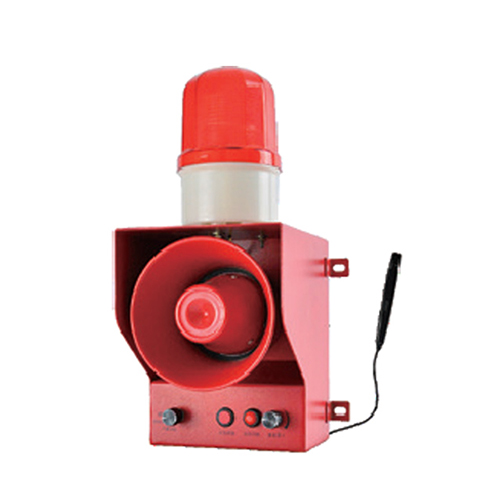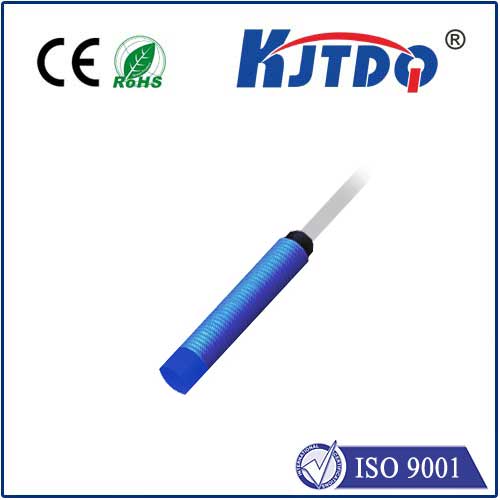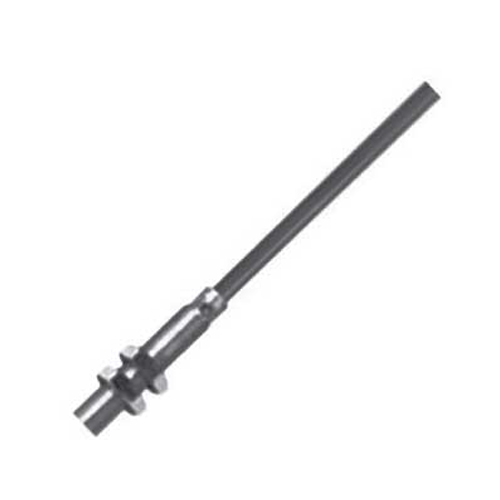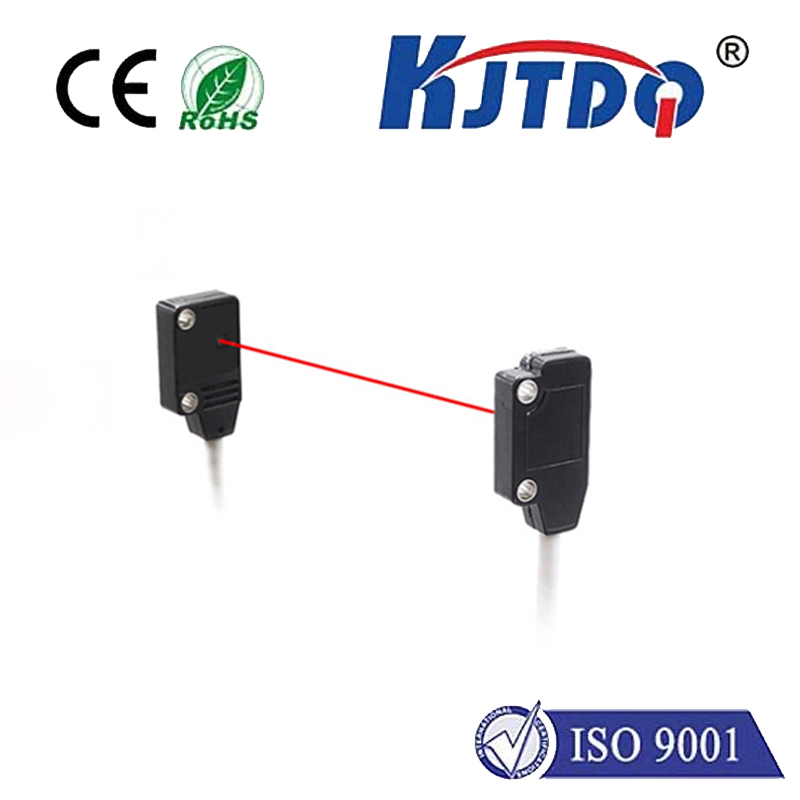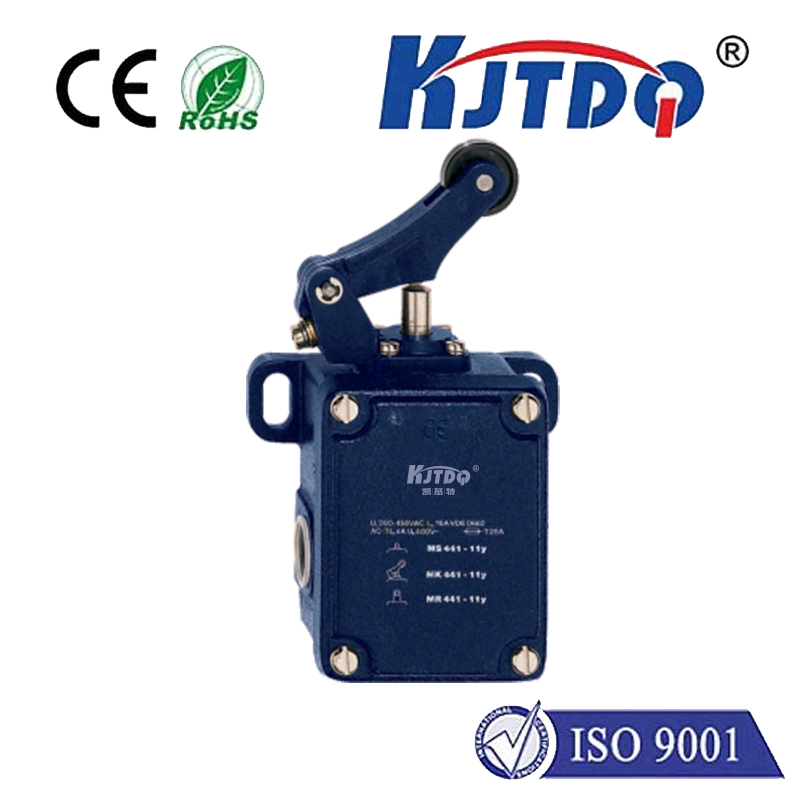

check

check

check

check
The hum of machinery, the rhythmic clang of production lines, the smooth glide of automated systems – behind this seamless operation lie countless unsung heroes ensuring safety, precision, and control. Among the most fundamental are limit switches. When a specific part number like D 32457 limit switch is called upon, it signifies a critical component engineered for reliability in demanding scenarios. Understanding its role is key to appreciating its value in the intricate dance of industrial automation.
What Exactly is a Limit Switch, and Why Does the D 32457 Matter?
At its core, a limit switch is a vital electromechanical device acting as a sentinel. Its primary function is to detect the presence or absence of an object, monitor its position, or confirm it has reached a specific travel endpoint. It achieves this through a physical actuator (lever, roller, plunger, etc.) that, when moved by the target object, triggers an internal mechanism to open or close electrical contacts. This simple action creates a crucial signal within a control circuit – signaling a machine to start, stop, reverse direction, or initiate the next step in a sequence.
The designation D 32457 isn’t arbitrary. It pinpoints a specific model within a manufacturer’s catalog (often associated with brands like Honeywell). This part number encodes vital information about its form factor, electrical ratings, actuator type, ingress protection (IP rating), and terminal configuration. Choosing the correct D 32457 limit switch means selecting a component precisely matched to the mechanical forces, electrical load, environmental conditions, and spatial constraints of its intended application.
Unpacking the D 32457: Key Components and How It Works

While construction details can vary slightly between manufacturers for the d 32457 limit switch, the fundamental operating principle remains consistent:
Operating Head/Switch Body: This robust housing contains the internal switching mechanism. It protects sensitive components from dust, moisture, oil, and physical impact. IP ratings (like IP65 or IP67) are crucial specifications here, defining the level of environmental protection the d 32457 limit switch offers.
Electrical Contacts: Sealed inside the body, these are the conductive elements that physically open or close the circuit when the actuator is moved. Contact configuration (SPDT, DPDT, etc.) determines how the switch controls the circuit. Ratings for voltage (e.g., 120VAC, 24VDC) and current (e.g., 10A, 15A) are paramount – exceeding these can lead to failure or fire. The D 32457 is typically rated for robust industrial currents and voltages.
Terminal Connections: This is where external wires connect the switch to the control system. Screw terminals or quick-connect tabs are common. Secure and correct wiring is essential for reliable operation of the d 32457 limit switch.
Mounting Arrangement: The switch body features holes or brackets for secure attachment to machinery using bolts or screws. Proper mounting ensures consistent actuator engagement and prevents misalignment.
Where Does the D 32457 Limit Switch Shine? Common Applications
Precision position detection and automated control are ubiquitous across industries. The robustness and reliability implied by a specific part number like D 32457 limit switch make it suitable for numerous demanding environments:
Critical Considerations When Specifying or Replacing a D 32457
Selecting the right d 32457 limit switch, or finding a suitable replacement if it fails, requires attention to detail beyond just the part number:
Installation and Maintenance: Ensuring Longevity of the D 32457
Proper installation and care are vital for maximizing the service life of your d 32457 limit switch:
